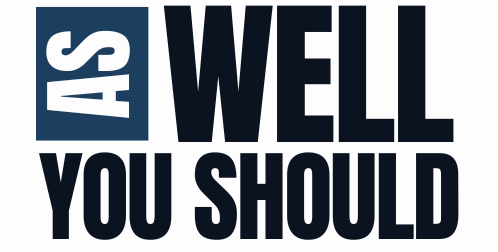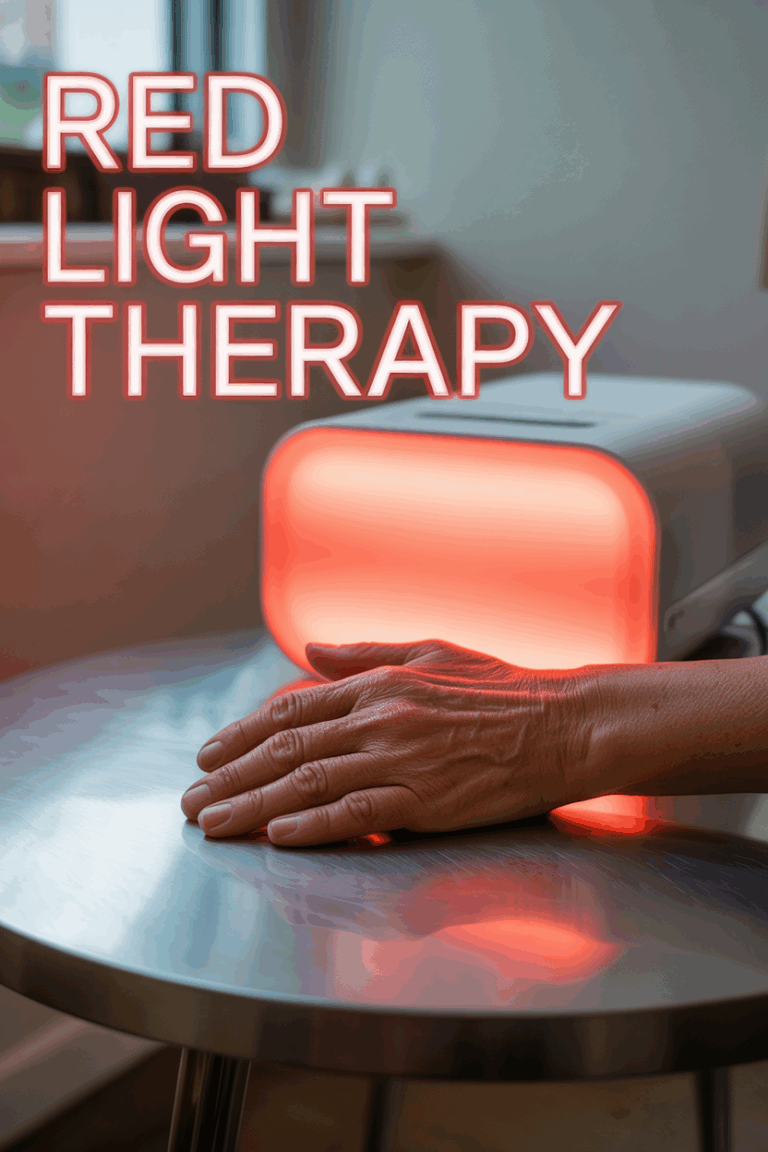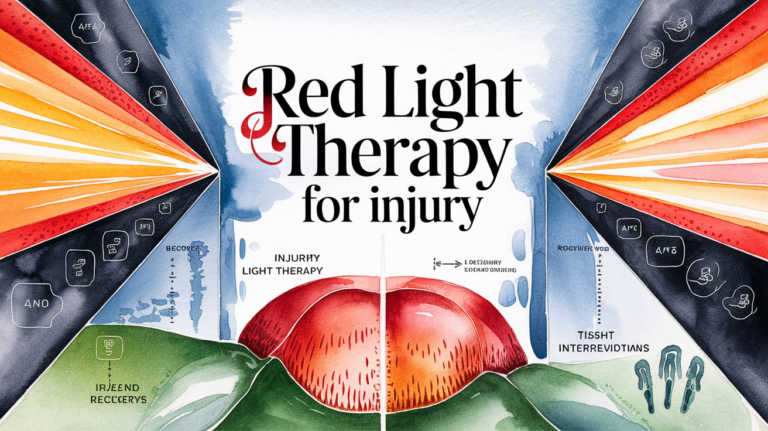Red Light Therapy for Hair Loss: The Ultimate Guide to Regrowing Hair Naturally
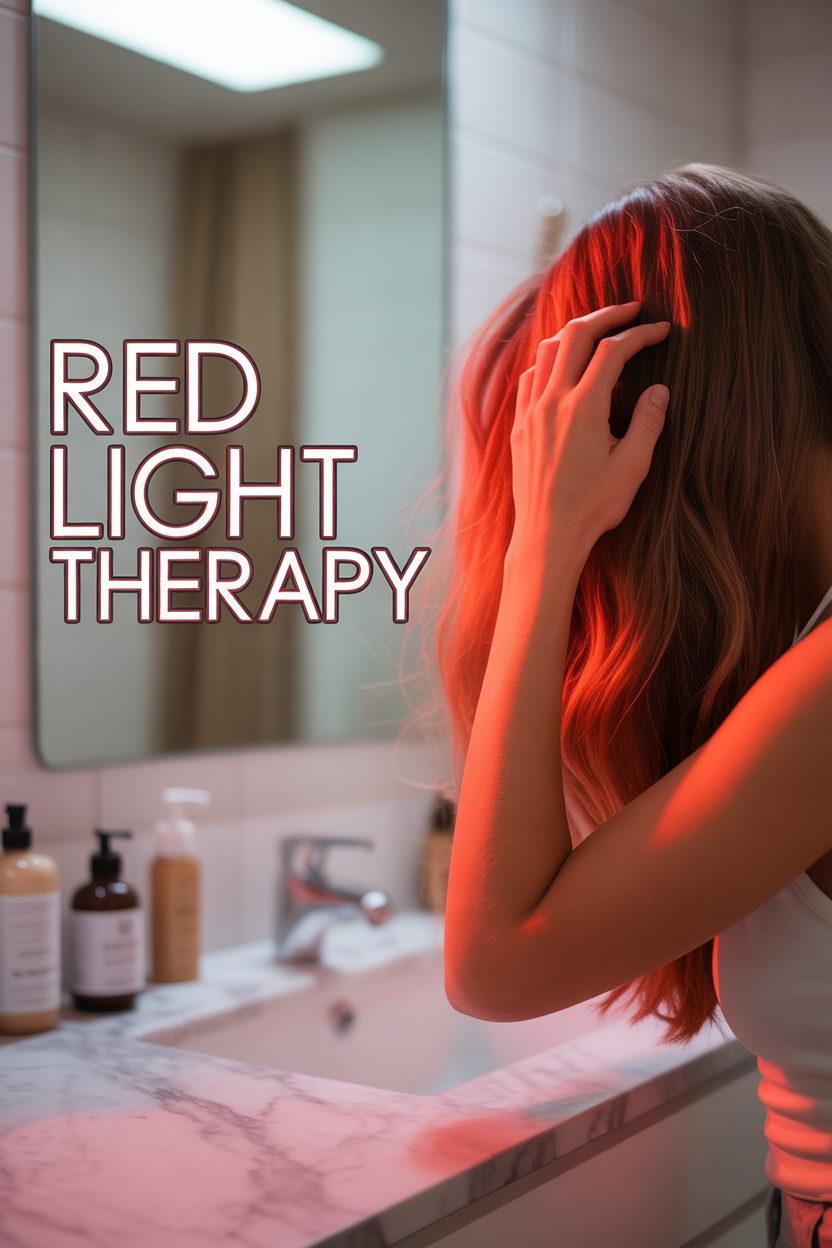
How Does Red Light Therapy Work for Hair Growth?
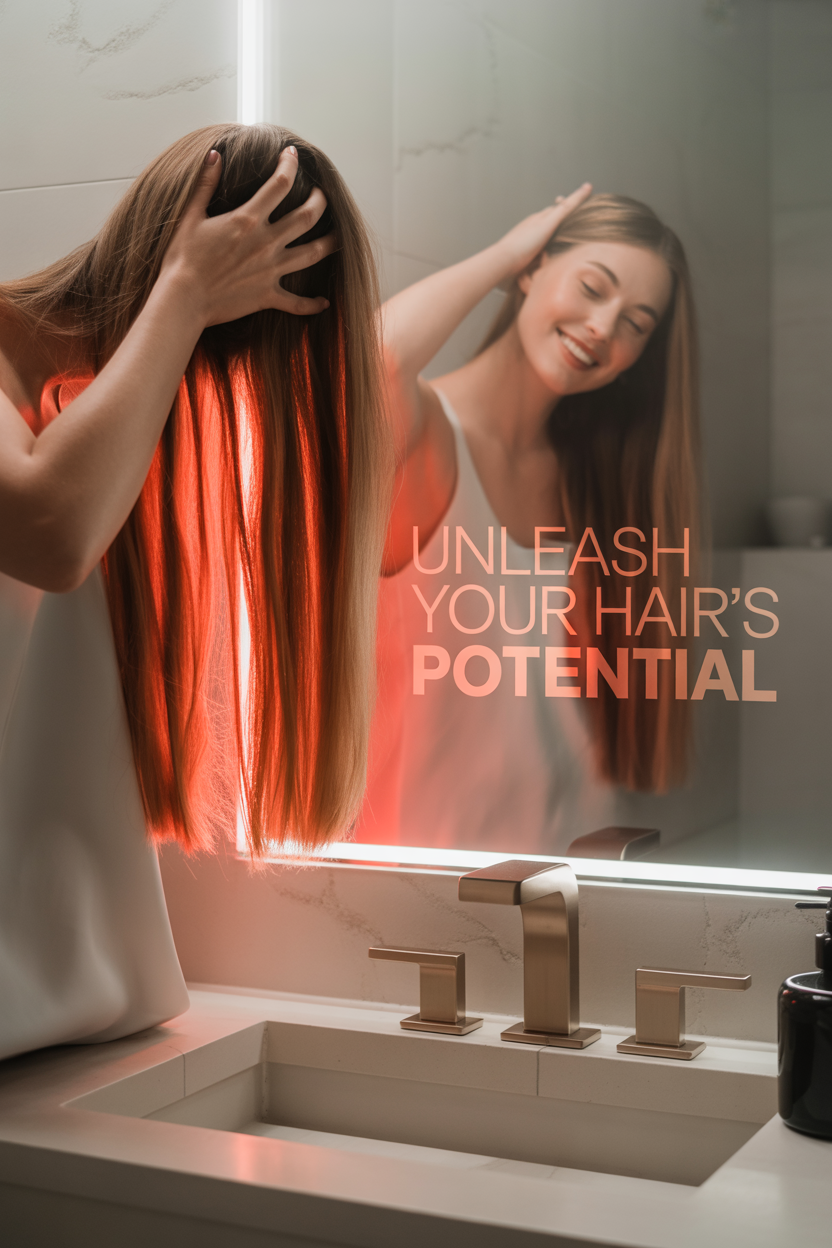
Picture this: you’re giving your hair follicles their very own spa day, complete with a gentle, red-light facial that makes them absolutely glow with health! Red light therapy for hair loss is like that friend who always knows exactly what you need – in this case, it’s targeted light wavelengths that work hand-in-hand with your body’s natural healing superpowers.
Here’s where things get delightfully scientific: red light therapy for hair loss uses specific wavelengths between 630 and 700 nanometers – think of it as the perfect zone for hair growth. This special light penetrates deep enough to reach those precious hair follicles where all the growth action happens.
Imagine tiny cellular powerhouses called mitochondria throwing the most epic dance party inside your hair follicles! When red light hits your scalp, it activates these little energy factories through something called cytochrome c oxidase.
They start pumping out ATP like it’s going out of style – that’s cellular fuel, by the way – giving your hair follicles the energy boost they’ve been craving. Think of red light therapy as the ultimate energy drink for your hair roots, except instead of a sugar crash, you get stronger, healthier hair strands that practically bounce with vitality!
What Does Science Say About Red Light Therapy for Hair Loss?
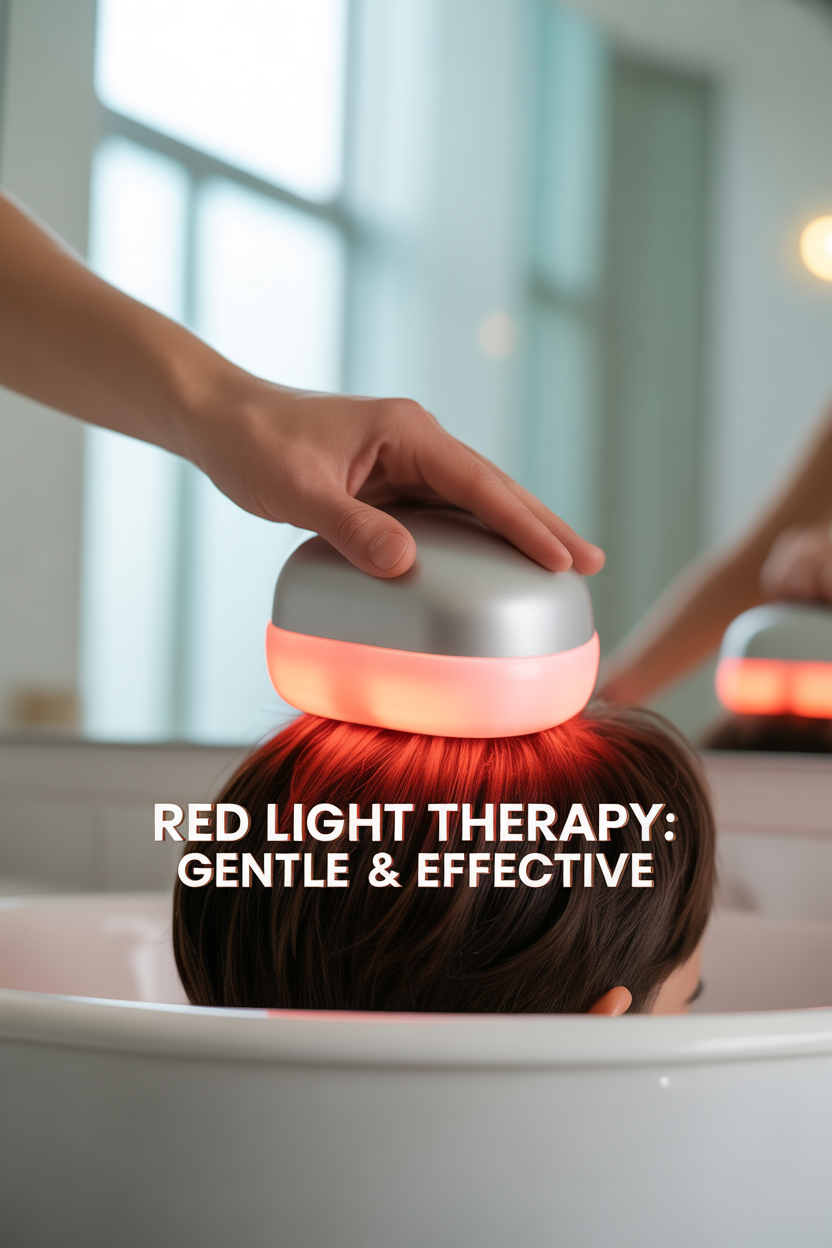
Hold onto your hats because the research results are absolutely stellar! Clinical studies show a whopping 35-51% increase in hair growth compared to folks who got the placebo treatment.
That’s like going from a sparse garden to a lush meadow – and the scientists weren’t messing around either, following participants for 16 to 26 weeks to make sure these results were the real deal. The researchers focused their laser-like attention on androgenetic alopecia – that’s the fancy term for the most common type of pattern hair loss that affects both men and women.
They used double-blind, randomized controlled trials, which is basically the scientific equivalent of a lie detector test for treatments. And guess what? Red light therapy passed with flying colors!
The evidence shows consistent improvements across the board: better hair density, thicker individual strands, and overall scalp health that would make a wellness guru weep with joy. Participants watched their hair shedding decrease while simultaneously growing new, healthier hair.
Which Types of Hair Loss Respond Best to Red Light Therapy?
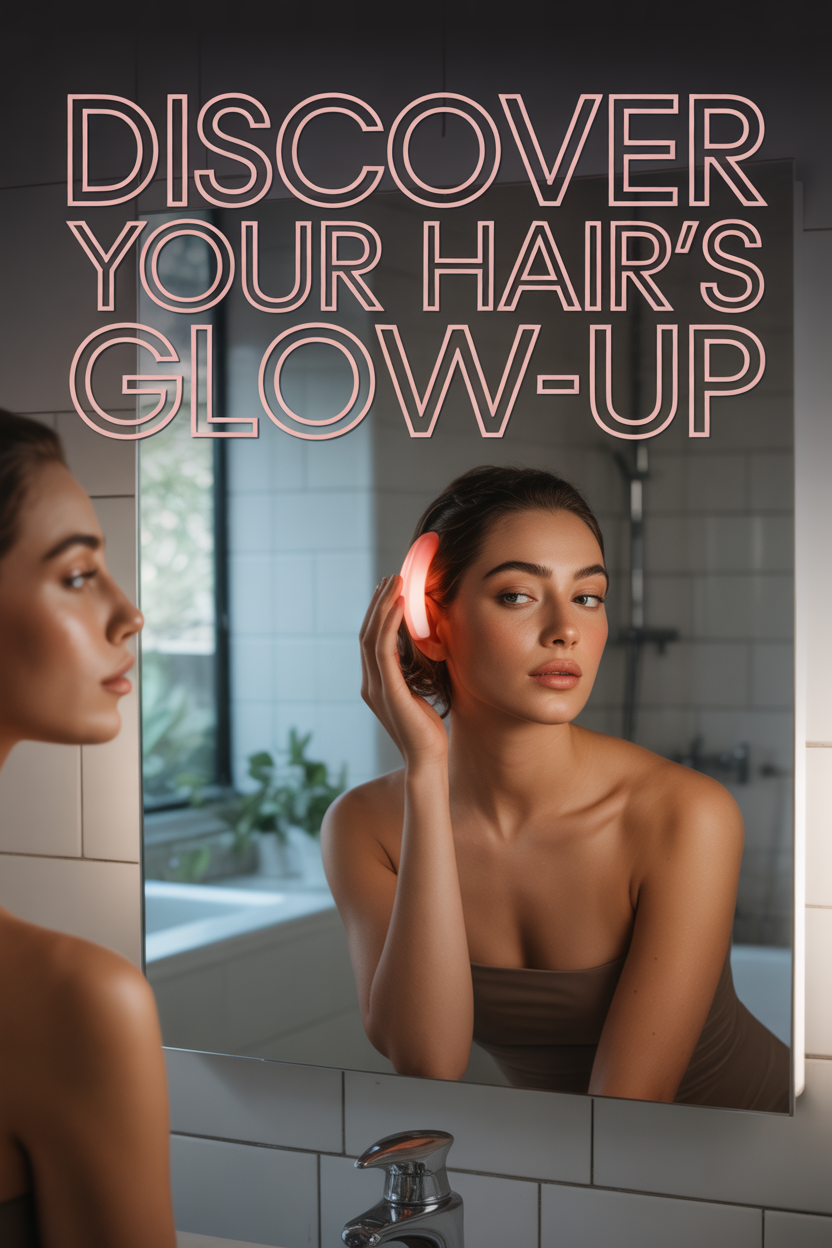
Red light therapy absolutely loves working with androgenetic alopecia – that includes both male pattern baldness and female pattern hair thinning. Why? Because these follicles are like sleeping beauties just waiting for the right kiss (in this case, red light) to wake them up!
Other hair loss conditions practically jump for joy when they meet red light therapy, including alopecia areata (those frustrating patchy spots) and telogen effluvium. These conditions often respond beautifully because the follicles underneath are still intact and ready to party again!
Here’s the golden rule: early-stage hair loss is like catching a wave at just the right moment – perfect timing leads to amazing results! When follicles are just taking a little nap rather than being completely gone, red light therapy can be the gentle alarm clock that gets them back to work.
But let’s be honest – completely destroyed follicles are like trying to wake up someone who’s moved to another country. It just ain’t happening without surgical intervention!
Is Red Light Therapy Safe? What Are the Side Effects?
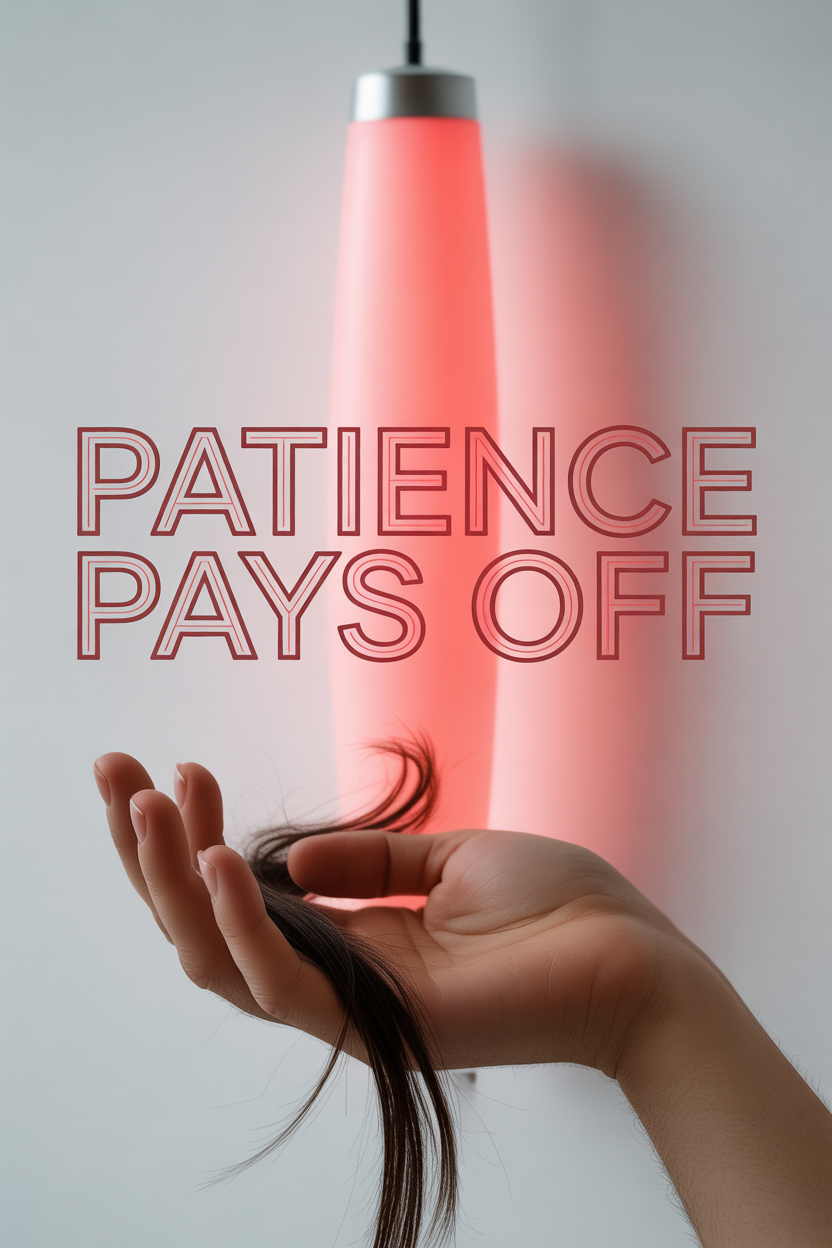
Here’s some news that’ll make you smile: red light therapy is about as gentle as treatments get! Unlike those harsh chemical cocktails that can make your scalp feel like it’s auditioning for a horror movie, red light therapy works naturally with your body’s existing healing processes.
Some people might experience what I like to call “the adjustment period” during their first few treatments – maybe a touch of scalp sensitivity or a bit of increased hair shedding. But here’s the plot twist: that initial shedding is actually your hair’s way of spring cleaning!
It’s pushing out the weak, tired hairs to make room for the strong, healthy ones coming up behind them. The only real safety consideration is protecting those beautiful peepers of yours.
Always wear the provided safety goggles or simply close your eyes during treatment – think of it as a mini meditation session! Most quality devices come with protective eyewear because they want you to have the safest, most comfortable experience possible.
How Often Should You Use Red Light Therapy for Hair Loss?
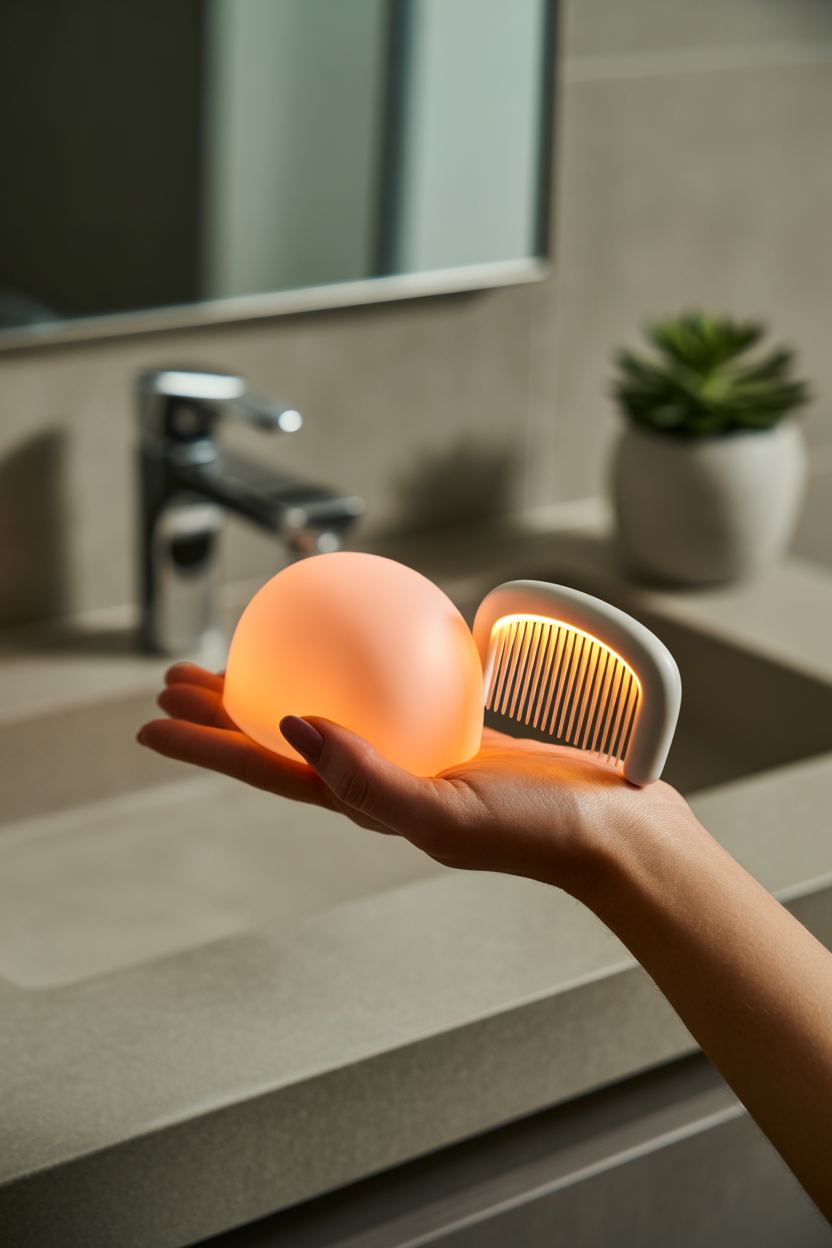
Professional red light therapy sessions are like going to a high-end spa for your scalp – they typically last 20 to 30 minutes and should happen 2 to 3 times weekly. These medical-grade devices are the heavy hitters, delivering more intense light that penetrates deeper.
Home devices are more like having a gentle, consistent friend who visits regularly. Plan for 10 to 20 minute sessions, 3 to 5 times per week – think of it as your new favorite TV show that happens to grow hair!
The lower power output means more frequent sessions, but hey, that’s more opportunities to relax and practice some self-care. A complete treatment course spans 3 to 6 months with about 20 to 30 total sessions.
I know, I know – patience isn’t exactly our generation’s strong suit! But remember, good things take time, and natural healing processes can’t be rushed.
When Will You See Hair Growth Results?
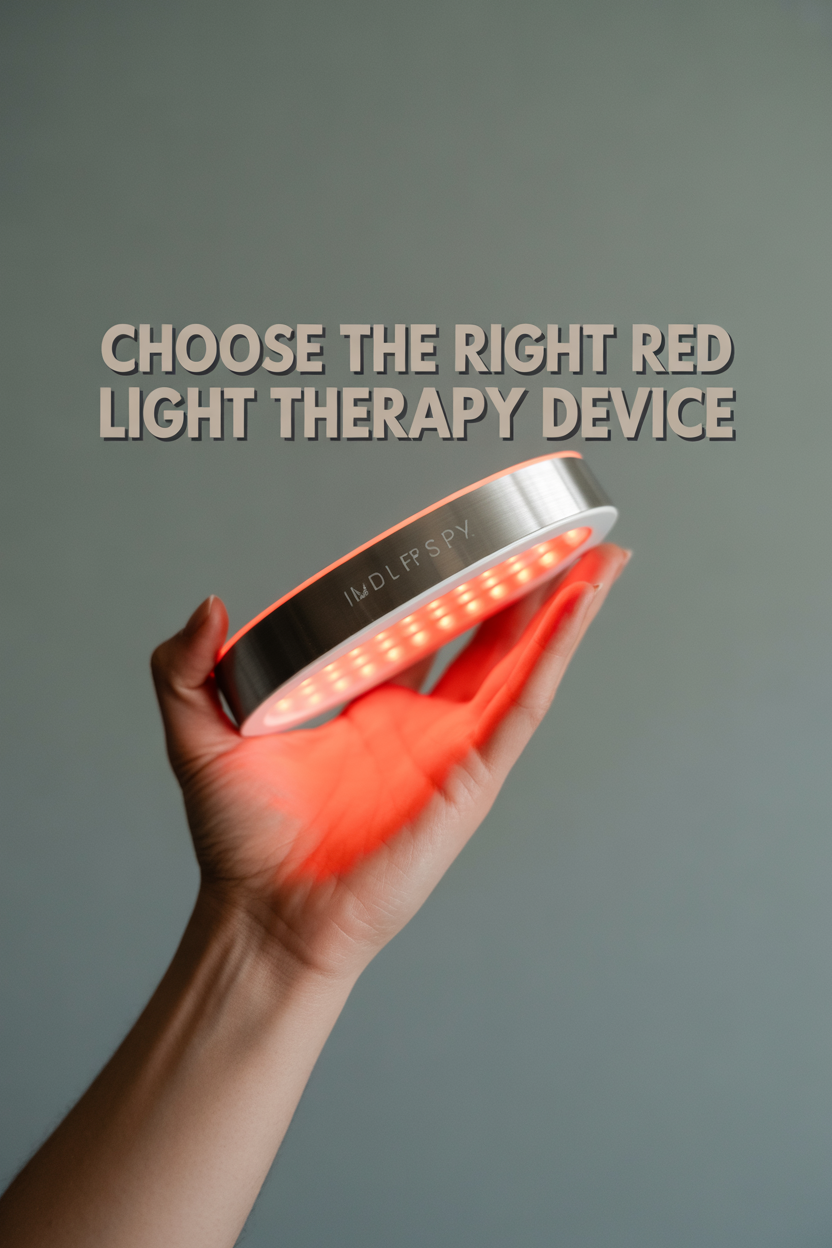
Here’s where we need to channel our inner zen master because red light therapy operates on nature’s timeline, not our instant-gratification wishlist! Most people start noticing the first hints of improvement after 8 to 12 weeks.
Usually less hair circling the drain during shower time or fewer strands on their brush. It’s like your hair is finally learning some manners!
The really exciting changes – we’re talking noticeable improvements in thickness, density, and overall coverage – typically show up around the 16 to 24 week mark. That’s about 4 to 6 months of giving your hair the consistent love and attention it deserves.
Everyone’s hair journey is beautifully unique, depending on factors like age, overall health, how far along the hair loss journey you are, and what your genes decided to gift you. Taking regular progress photos is like keeping a hair diary – those gradual improvements might sneak up on you, but photographic evidence doesn’t lie!
What Are the Best Home Red Light Therapy Devices?
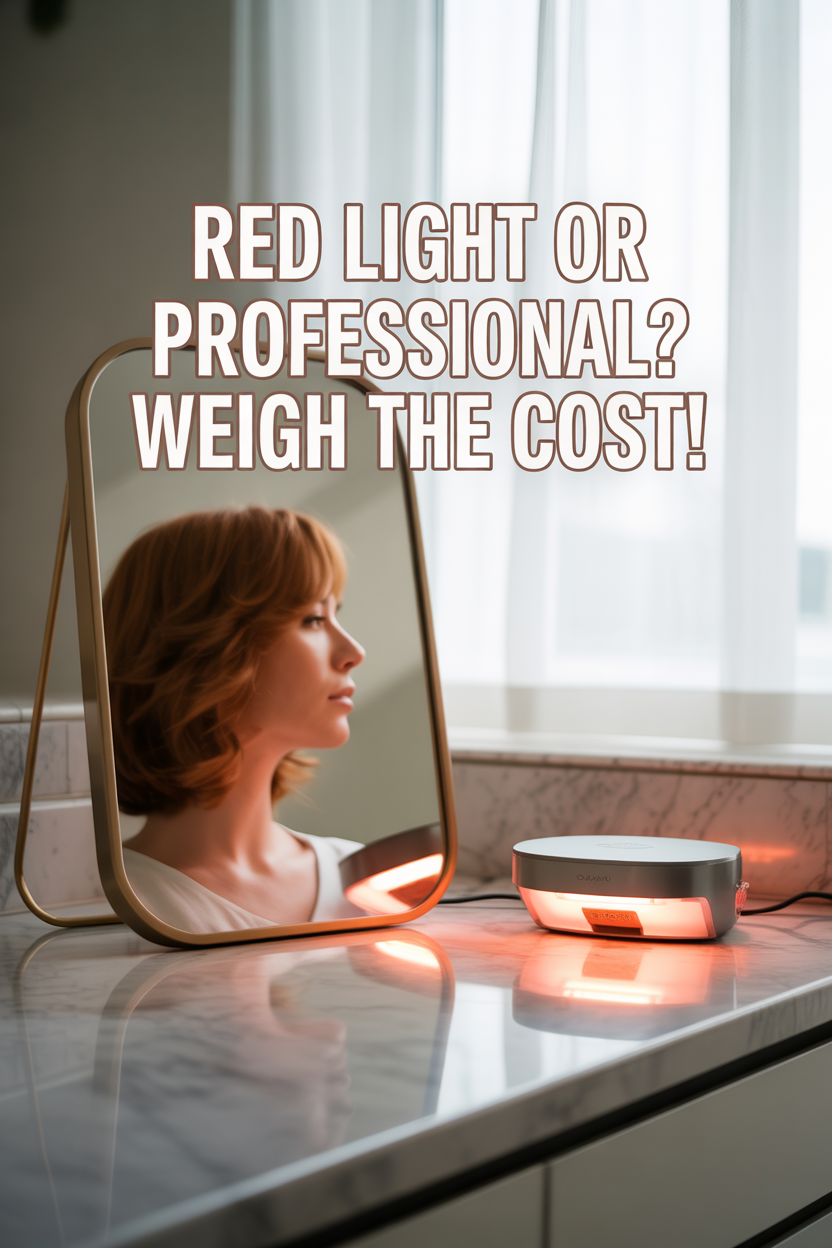
Helmet-style devices are basically the lazy person’s dream come true (and I mean that in the best possible way!). You can pop one on and continue living your life – reading, binge-watching your favorite shows, or just zoning out while your scalp gets the royal treatment.
They provide comprehensive coverage like a warm, therapeutic hug for your entire head! Handheld combs and brushes are the precision tools of the red light world – perfect for targeting those specific problem areas like a receding hairline or that stubborn crown spot.
They’re more budget-friendly than the full-coverage helmets, but they do require you to be an active participant, moving them around during each session. When shopping for your perfect device, look for those magical 630 to 700 nanometer wavelengths and at least 200 to 300 LEDs.
Think of LEDs like tiny suns for your scalp – the more quality ones you have, the better your coverage and therapeutic intensity will be!
How Do You Choose the Right Red Light Therapy Device?
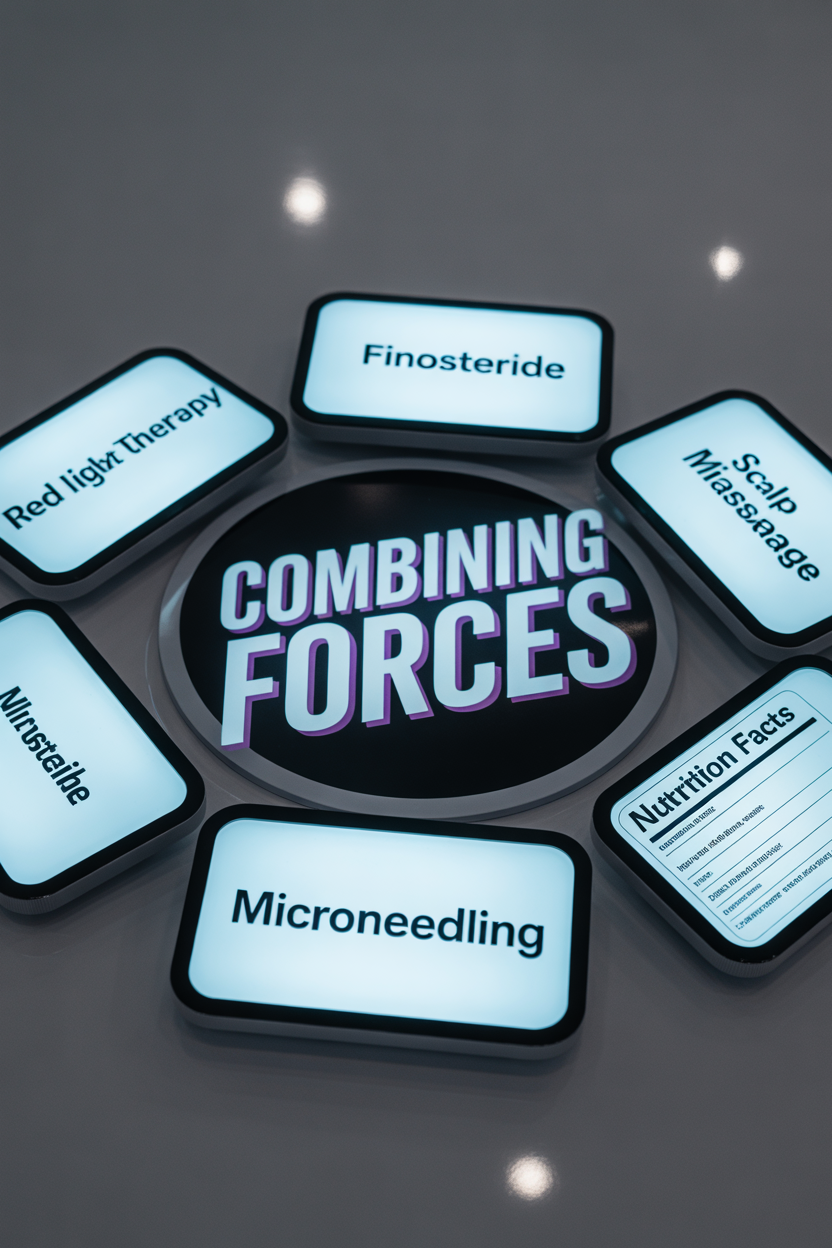
Wavelength accuracy is like finding the perfect key for a lock – get it right, and everything clicks into place! Your device should operate between 630 and 750 nanometers, with some fancy units throwing in near-infrared light (800-850 nanometers) for extra deep tissue penetration.
LED quantity and quality are the dynamic duo of effective treatment. Devices with 200 to 300 high-quality LEDs are like having a full orchestra instead of a solo act – much more impressive results!
Always check for FDA clearance or medical device certification because your hair deserves only the best, most legitimate treatment options. User-friendly features are the cherry on top of your red light sundae!
Built-in timers mean no more setting phone alarms, adjustable intensity lets you customize your experience, and comfortable fit ensures you’ll actually want to use the thing regularly. Reading real customer reviews is like getting advice from friends who’ve already tried the restaurant – invaluable insights into what you’re really getting!
Professional vs. Home Red Light Therapy: What’s the Cost?
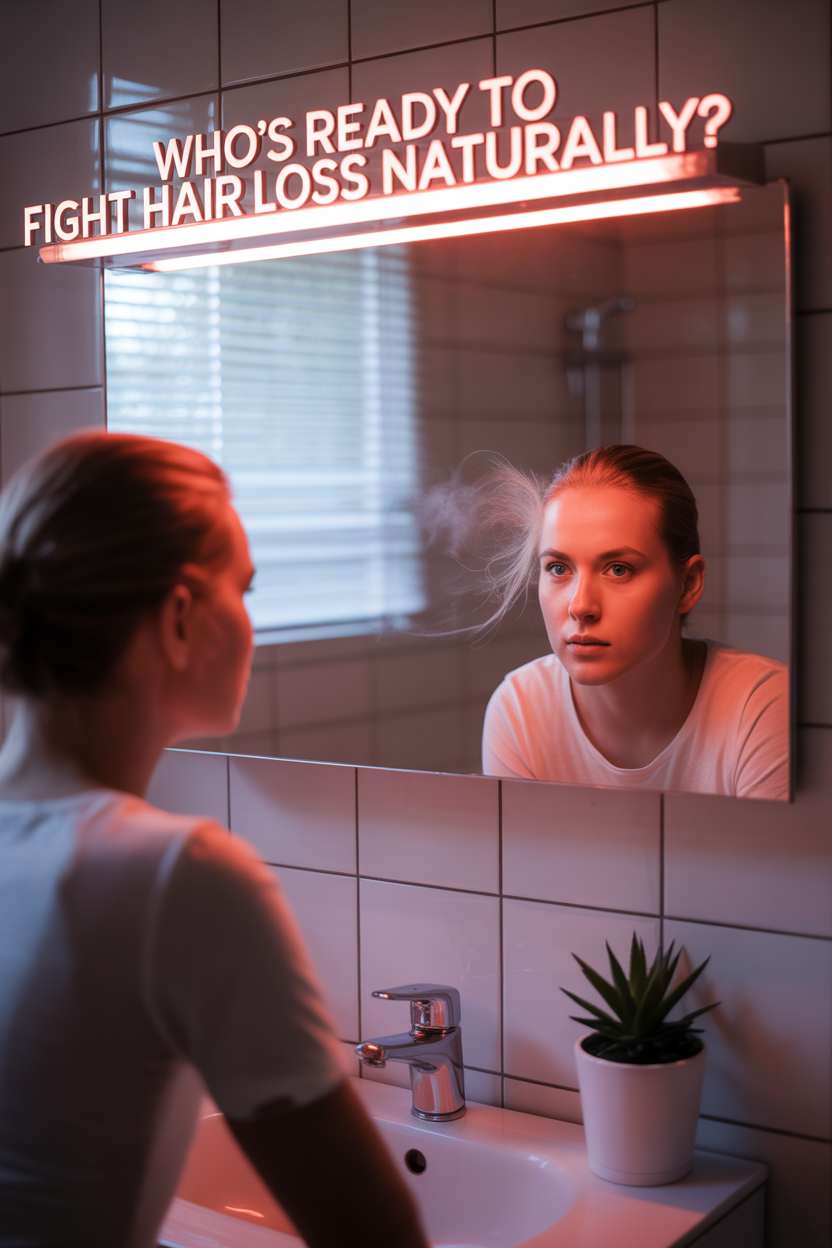
Professional clinic sessions range from £45 to £75 per treatment in the UK – and when you need 20-30 sessions for a complete course, you’re looking at potentially spending over £1,125! That’s like buying a really nice vacation, except instead of photos, you get fabulous hair.
Home devices typically cost £200 to £800 upfront, but here’s where the math gets exciting! A £400 device used for 100 sessions works out to about £4 per treatment, compared to £50+ for professional sessions.
It’s like buying coffee beans instead of hitting Starbucks every day – the savings add up fast! Think about the total cost of ownership like you’re planning a long-term relationship with your hair.
Home devices eliminate appointment fees, travel costs, parking nightmares, and the eternal struggle of fitting clinic visits into your already-packed schedule. Sometimes the best investment is the one that makes your life easier!
Can You Combine Red Light Therapy with Other Hair Loss Treatments?
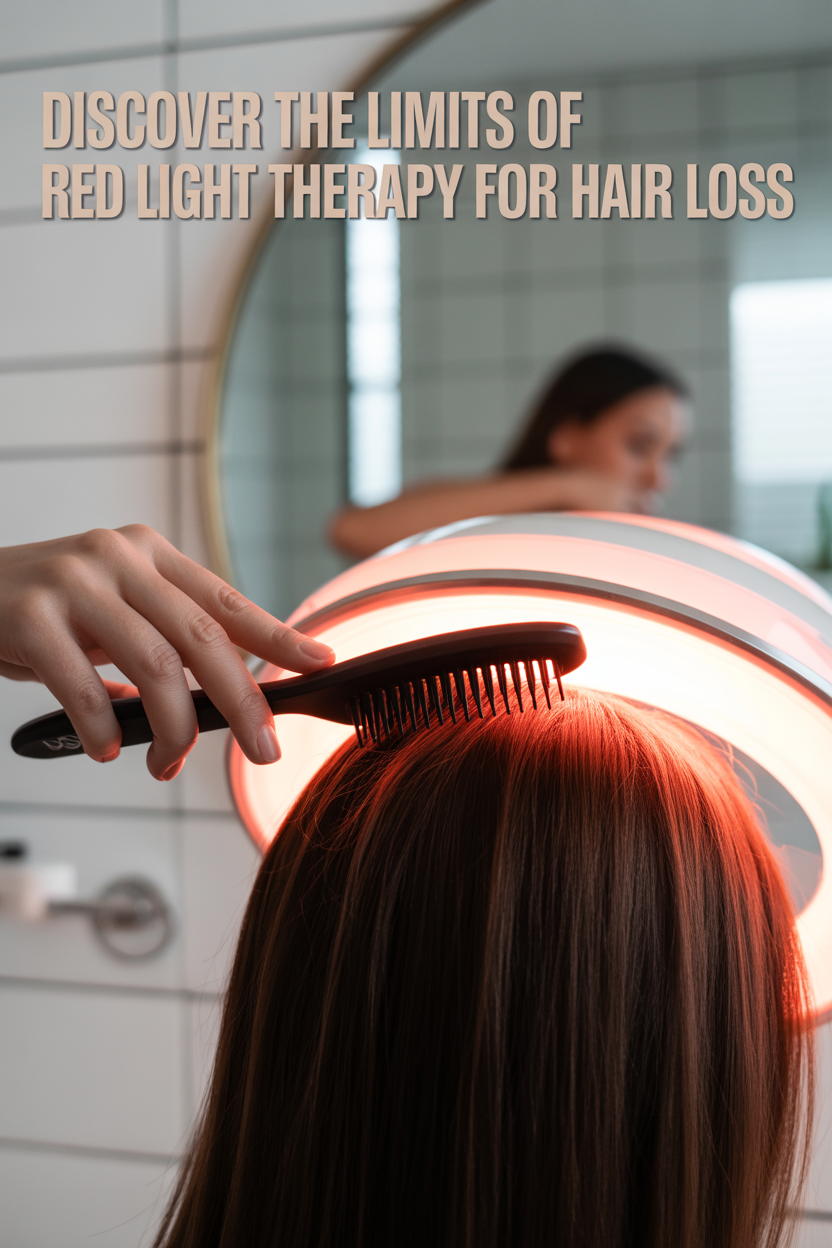
Red light therapy plays beautifully with FDA-approved medications like minoxidil and finasteride – it’s like assembling the Avengers of hair growth! This combination approach tackles hair loss from multiple angles simultaneously, giving you the best possible chance of success.
Scalp massage and microneedling are the perfect wingmen for red light therapy, improving blood circulation and potentially helping the light penetrate even better. Think of them as the opening acts that get the crowd warmed up before the main event!
Proper nutrition is the foundation that supports everything else – no treatment can work miracles if your body doesn’t have the raw materials it needs to build strong, healthy hair. It’s like trying to build a house without proper supplies.
You need those essential vitamins, minerals, and proteins to give your treatments something to work with! Consider supplements like biotin, iron, and vitamin D if your levels are low, but always consult with a healthcare provider first.
Who Are the Best Candidates for Red Light Therapy Hair Loss Treatment?
If you’re experiencing early to moderate androgenetic alopecia – that initial hair thinning, increased shedding, or early pattern hair loss – congratulations! You’re in the sweet spot for red light therapy success.
It’s like catching a problem in its early stages when it’s still manageable and responsive to treatment. People seeking natural, non-invasive solutions often fall head-over-heels for red light therapy (pun absolutely intended!).
If you prefer working with your body’s natural healing processes rather than introducing synthetic drugs with potential side effects, this treatment might be your perfect match. Post-hair transplant patients can give their newly transplanted follicles the royal treatment with red light therapy!
It may help reduce inflammation and improve blood flow during that critical recovery period, like providing first-class accommodations for your hair’s healing journey. Those with sensitive scalps who can’t tolerate topical medications often find red light therapy to be a gentle, effective alternative.
What Are the Limitations of Red Light Therapy for Hair Loss?
Let’s have an honest heart-to-heart: advanced hair loss with severely miniaturized or destroyed follicles is like trying to restart a car with no engine. Red light therapy is amazing, but it’s not magic!
Complete baldness in large areas typically needs surgical intervention because you can’t revive something that’s completely gone. Scarring alopecia conditions are another tough customer because the follicles are permanently destroyed and replaced with scar tissue.
No amount of light energy can bring back follicles that have left the building permanently – it’s like trying to plant a garden in concrete. Red light therapy is the tortoise in the tortoise-and-hare story – it provides gradual, natural-looking improvements rather than dramatic overnight changes.
Realistic expectations include reduced shedding, improved hair quality, and modest increases in density over several months. It’s subtle but beautiful progress that builds confidence naturally over time!
